Structural & Acoustics Blog Posts
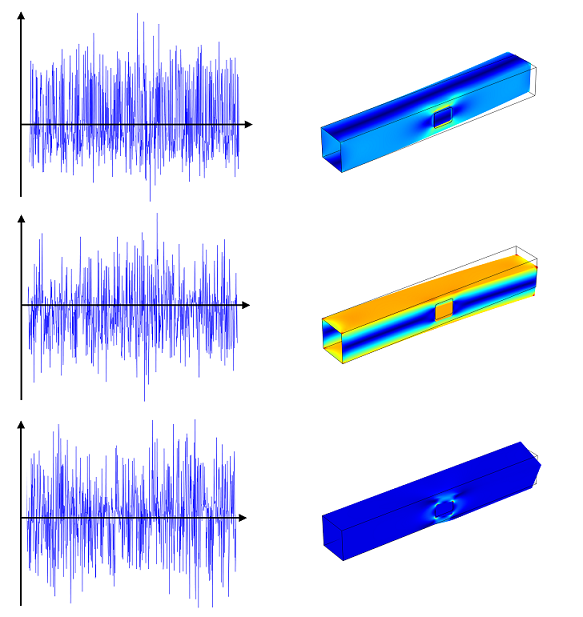
Random Load Fatigue
In many applications, loads applied to structures are random in nature. The sampling results of the structural response will differ depending on the data collection time. Although the stress experienced is not always high, the repeated loading and unloading can lead to fatigue. The engineering challenges in these types of applications are defining the stress response to the random load history in the critical points, and predicting fatigue damage. This is simulated with the Cumulative Damage feature in the Fatigue […]
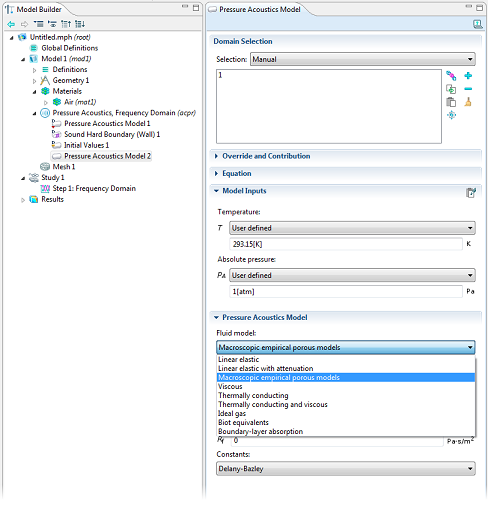
Modeling Acoustic Damping Processes
Mufflers are often located in exhaust systems or on heat, ventilation, and air conditioning (HVAC) systems, where their key functionality is to dampen the noise that is emitted from the system. A correct description of the acoustic damping (absorption and attenuation) processes in the muffler is important when designing and modeling these systems.
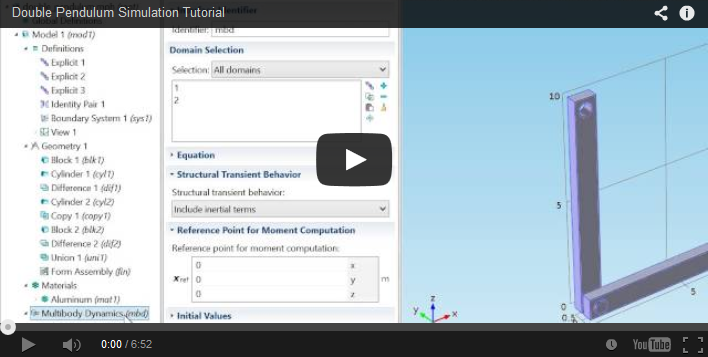
Double Pendulum Simulation Tutorial
Dynamic simulation of a double pendulum system can easily be performed using the Multibody Dynamics Module available in COMSOL Multiphysics. This module enables the mechanical simulations of assemblies of flexible and rigid bodies, often coupled with other phenomena such as from heat, electrical, and others.
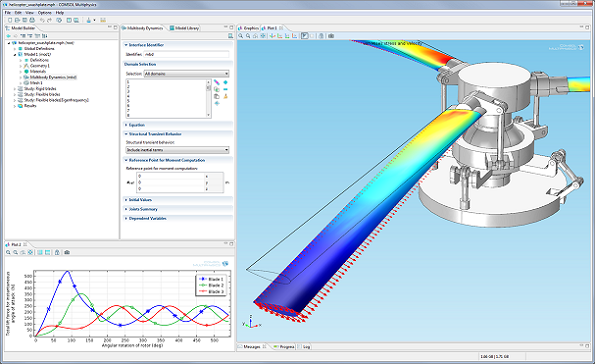
Simulate Mechanical Systems with the Multibody Dynamics Module
The new Multibody Dynamics Module provides engineers with an advanced set of tools to design and optimize mechanical systems to reduce product development costs. This module enables simulation of an assembly of flexible and rigid bodies, along with physical phenomena like structural, heat, electrical, and others. One of the key capabilities included in this module is an easier and faster way of building connections between different bodies using various types of predefined Joints. The objective of multibody analysis is to […]

The Greenhouse Effect
Given the title of this blog post you might expect it to be about global warming, and I won’t blame you for it; greenhouse effect has become another popular term used when debating climate change. However, its original and literal meaning refers to a very different process, in particular when it comes to heat retention. Here we will describe the effect of heating up an actual greenhouse and suggest steps for optimizing its design.
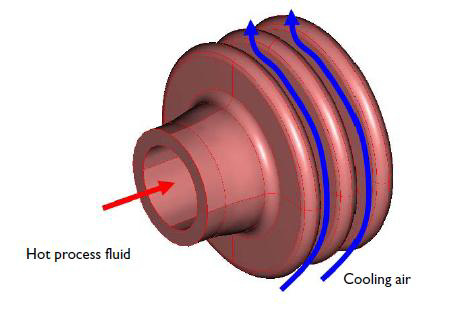
Cooling Flange Performance Analysis
Chemical reaction fluids can be cooled using glass flanges. The reaction fluid is passed through the flange and the air surrounding the flange then serves as the coolant. Engineers looking to optimize the cooling performance of such flanges can look to simulation for help.

Digging into COMSOL’s Geomechanics Module
I will always remember a Geotechnical Engineering class I took during the pursuit of my Civil Engineering degree. It contained both the high and low points for that academic semester; the lab portion was a lot of fun, learning about (read: playing with) the different soils and clays existing in the state of Georgia. The final project, on the other hand, tasked us with designing a retaining wall to match certain specifications — a tough and lengthy assignment. A retaining […]

Multibody Dynamics
The dynamic analysis of interconnected bodies or links is called a multibody analysis. These bodies are connected by joints that constrain their relative motion. The simplest element of a multibody system is a single particle, which can be considered using Newton’s laws of motion. Multibody Dynamics has a long and storied background.
